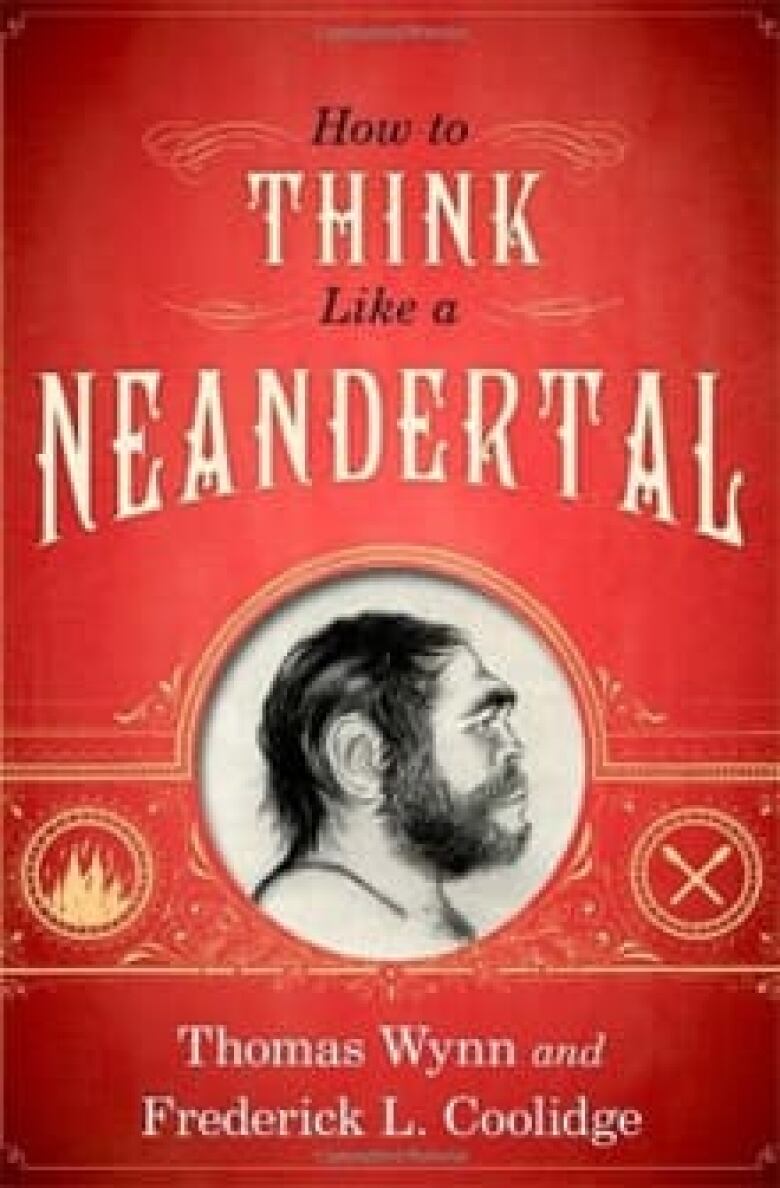How to think like a Neanderthal
A lack of creativity and the inability to innovate may have led to the extinction of the Neanderthals, two researchers argue in a book that aims to get inside the Neanderthal mind.
In How to Think Like a Neanderthal, anthropologist Thomas Wynn and psychologist Frederick Coolidge of the University of Colorado in Colorado Springs create a psychological profile of Neanderthals based on archeological evidence.
The relatives of Homo sapiens that roamed Europe and Western Asia for 200,000 years went extinct about 30,000 years ago.

Early Homo sapiens left behind artifacts such as tools that were very similar to those made by Neanderthals. But 50,000 years ago, our own species underwent a "cultural explosion," in which they began creating cave art and figurines and engaging in elaborate burial rituals, Coolidge said.
Meanwhile, Neanderthals left the same kinds of artifacts behind for their entire existence, suggesting they lacked Homo sapiens' creative abilities.
"If you've always done it one way for 200,000 years and you're not very good at doing it any other way, it really makes you more vulnerable to extinction," Wynn said.
He suggested this might have been reflected in Neanderthals' language and communication, in their humour and in their ability to develop large social groups, or even trade networks.












_(720p).jpg)


 OFFICIAL HD MUSIC VIDEO.jpg)
.jpg)



























































































